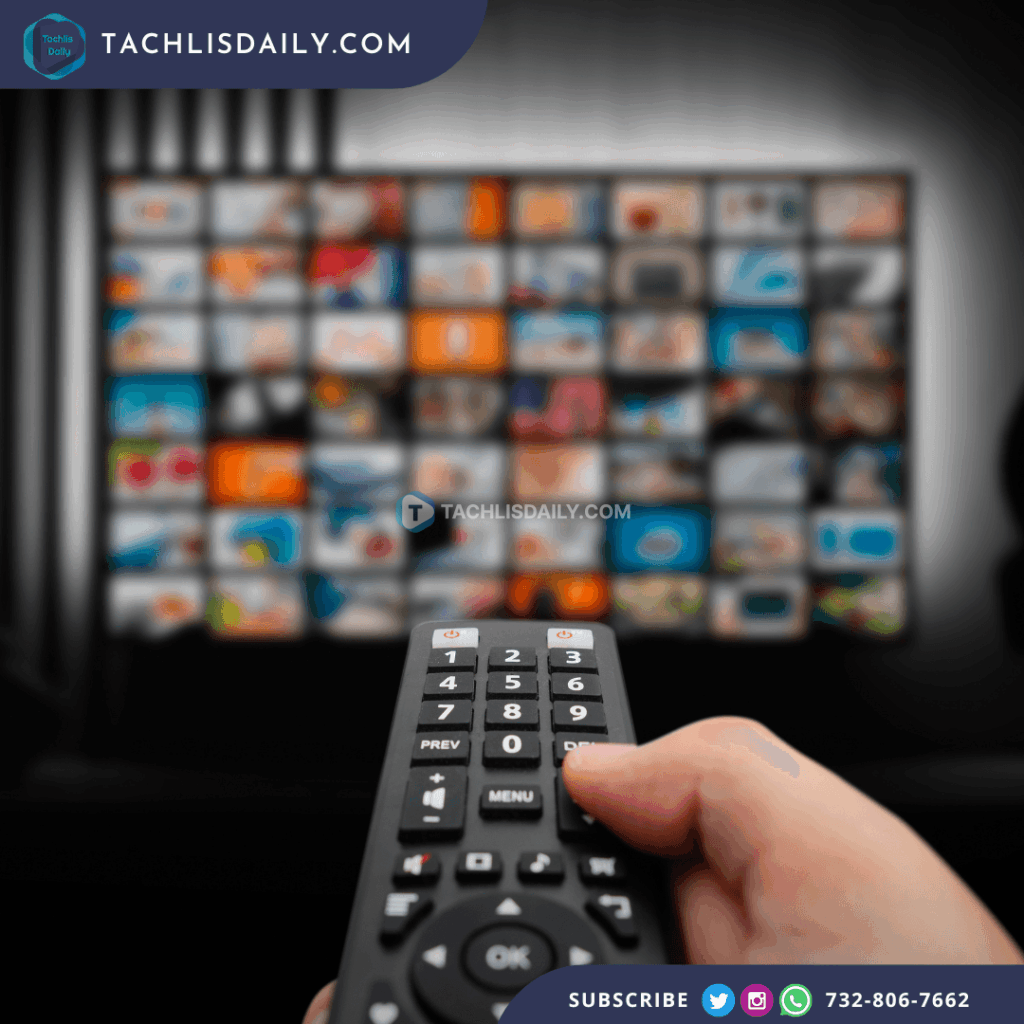For the first time in television history, streaming has surpassed the combined viewership of both broadcast and cable TV, signaling a monumental shift in how audiences consume content. According to a newly released industry report, streaming services accounted for 44.8% of total TV usage in May, narrowly outpacing the combined share of broadcast (20.1%) and cable (24.1%), which together held 44.2%.
This milestone represents a dramatic transformation in consumer behavior over the past few years. Since the report’s inception in 2021, streaming viewership has surged by 71%, while broadcast and cable have steadily declined by 21% and 39%, respectively.
Three major forces are driving this seismic shift: the growing popularity of free, ad-supported streaming TV channels (often referred to as FAST channels), the meteoric rise of YouTube, and a strategic pivot by legacy media companies embracing digital platforms to keep up with streaming-focused audiences.
YouTube alone captured a staggering 12.5% of all television viewership in May, marking its highest share to date. This rise marks four consecutive months of growth and further cements YouTube’s place as a dominant player in the streaming landscape. Since 2021, YouTube’s core service (excluding YouTube TV) has expanded its TV presence by 120%, drawing viewers away from traditional platforms and into a more flexible, on-demand environment.
The proliferation of FAST channels such as Pluto TV, Tubi, and the Roku Channel has also played a significant role. Together, these free services accounted for 5.7% of all TV viewing last month—more than any single traditional broadcast network. Their success is rooted in accessibility and content variety, providing viewers with cable-like experiences without the monthly bills.
Legacy media companies, once resistant to the streaming revolution, are now pivoting aggressively. Platforms like Hulu, Paramount+, and Peacock are being reimagined not as replacements but as extensions of linear television. Major events, such as the Super Bowl and the Olympics, are increasingly being co-streamed alongside their traditional TV broadcasts, creating a hybrid model that allows viewers to choose how they watch.











